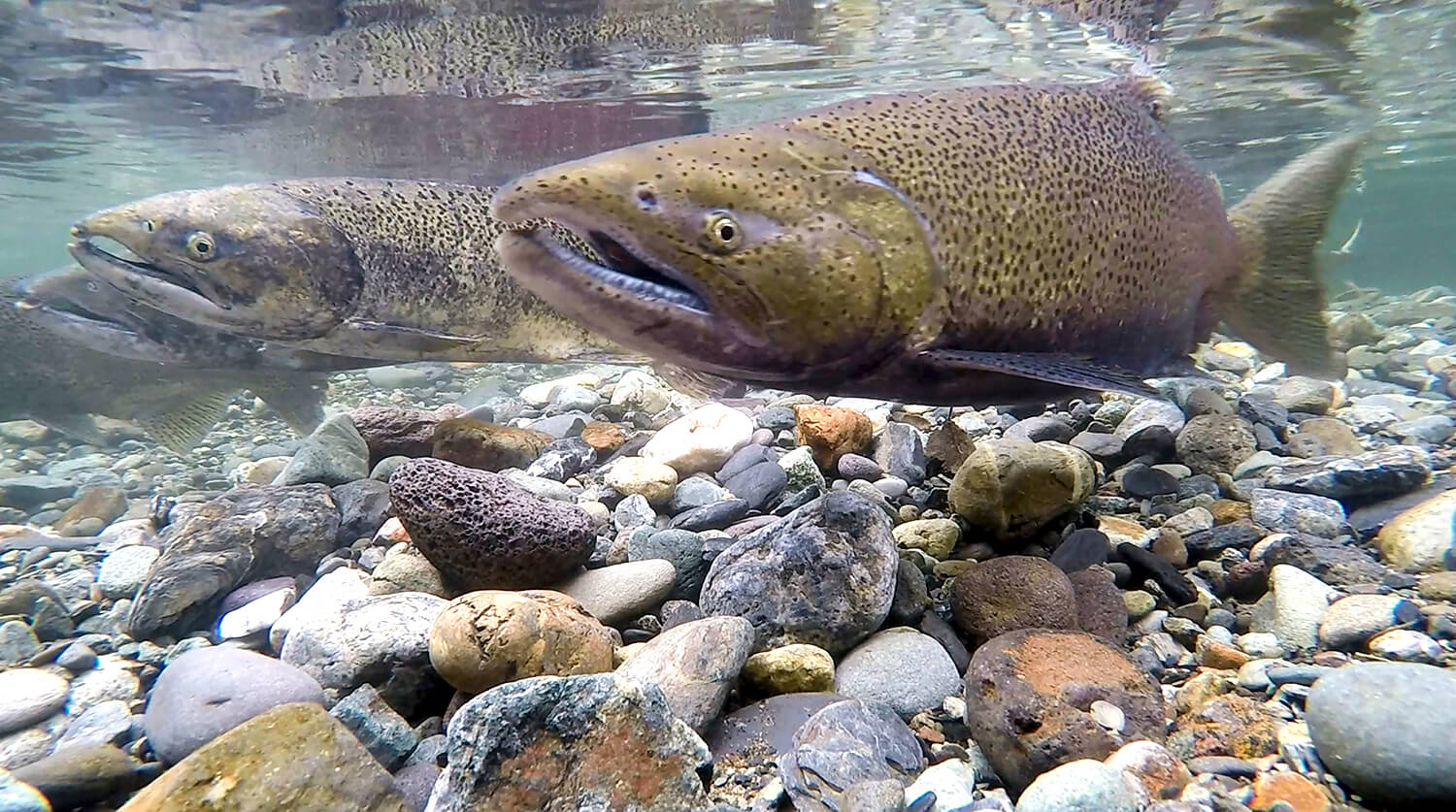A Focus on Recovery Planning and Action
While the debates over the Endangered Species Act continue, we believe there are some straightforward and very practical solutions that seem to be working within the current regulatory construct. Most notably, we recommend an increased focus on the section 4 recovery planning process rather than the section 7 biological opinion process whenever possible.
To juxtapose the effectiveness of these processes, start with section 7, where various parties have been fighting for the past several decades over the Biological Opinions (BiOps) involving California’s Bay-Delta and the related river systems. While this seemingly intractable regulatory and legal fight continues, Delta fish are generally declining and water supplies are less reliable for cities, farms and wildlife refuges. In other words, both people and the environment are suffering as a result of this regulatory process. This quagmire suggests that the section 7 (BiOp) process under the Endangered Species Act (ESA) is not working for the Bay-Delta and, despite many good intentions, this process may be leading to further declines in the endangered fish it is trying to protect.
On the other hand, there are several collaborative, forward-looking, processes that show promise for both fish and water supplies in California.
Sacramento Valley Salmon. In July 2014, the National Marine Fisheries Service (NMFS) issued its federal Recovery Plan for Salmon and Steelhead under section 4 of the ESA. Water suppliers, private landowners and conservation organizations worked together with NMFS to develop this plan. Now, for the past several years, water suppliers throughout the Sacramento Valley (with support the Northern California Water Association (NCWA)) have partnered with various conservation organizations and the federal and state agencies on the Sacramento Valley Salmon Recovery Program–an action plan designed to carry out and implement the NMFS Recovery Plan. There have been numerous programs and projects implemented since 2000 in the Sacramento River Basin to improve conditions for salmon, with 13 major projects completed as part of this program in the past several years, benefiting every life stage of salmon in the Sacramento Valley. These projects have cost in excess of $17,365,000, with local entities voluntarily contributing approximately $14,360,000 toward this amount, and federal and state funding providing for the balance. There are several dozen more projects that are ready to be implemented as part of a jointly developed priority list and action plan, that is based upon the best available science. Here, the goal and primary objective of the ESA is the recovery of species, thus the collaboration and projects developed by Sacramento Valley water suppliers, conservation organizations and federal and state agencies is pointed in the right direction to benefit salmon.
One specific example that stands tall is the Butte Creek Salmon Recovery, where there has been tremendous success in recovering spring run salmon in a very collaborative and concerted effort to improve conditions for every life-stage of salmon.

Delta Smelt. The State of California has a Delta Smelt Resiliency Strategy with 23 measures designed to help recovery of smelt. Many of these measures were implemented in 2016 and show significant promise to improve conditions for fish in California. These actions are all designed to improve smelt and their habitat. As an example, and with respect to one measure in the strategy, four water suppliers in the Sacramento Valley re-routed functional flows through the Yolo Bypass at optimal times to help produce food for the smelt, which seem to be starving according to most scientific accounts. This pilot project looks very promising to fish biologists studying the issue, and is a good example of an ongoing action that will be further pursued to help recovery of smelt.
As we look forward, new approaches to ESA implementation are necessary if we are serious about fish and assuring water supplies for cities, farms and refuges. We believe that devoting staff energy and financial resources to comprehensive recovery planning and action is a better investment of both time and money to ultimately achieve the recovery objectives under the ESA.



